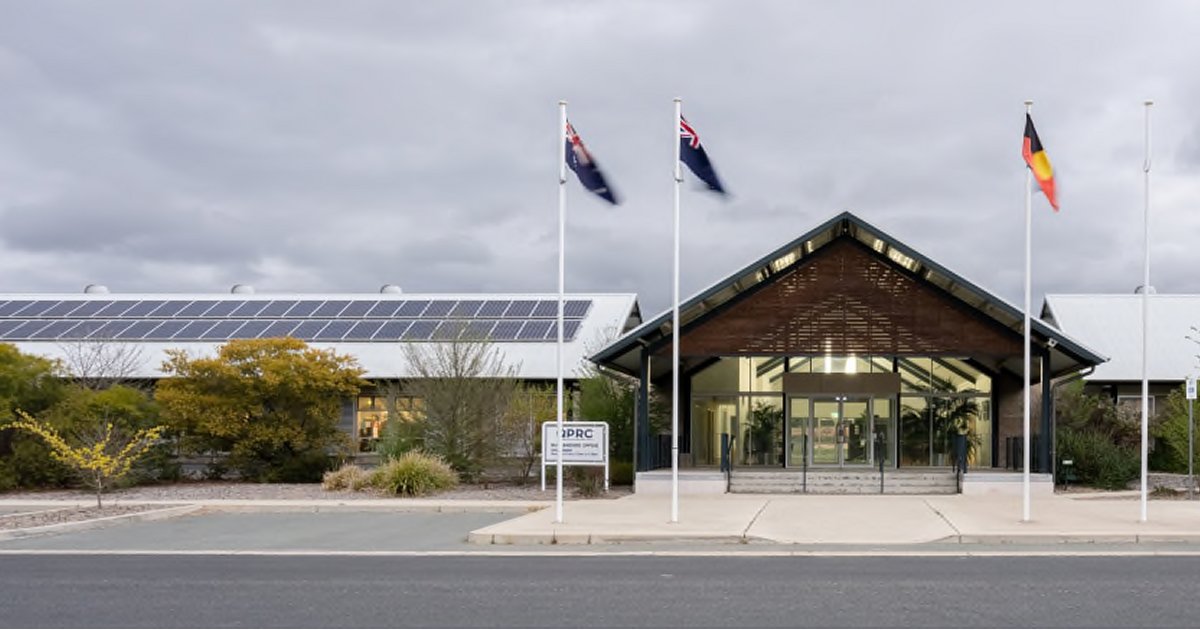
After community consultation, Queanbeyan-Palerang Regional Council (QPRC) has selected five pledges as part of its participation in the Cities Power Partnership program.
The Cities Power Partnership (CPP) kicked off in 2017, bringing local governments together to address issues relating to climate change. Today, more than 170 local government areas are involved, covering 500+ cities and towns and representing 65% of Australia’s population.
When signing on to the CPP, each member council chooses 5 action pledges from a list of options, but these pledges don’t have to be chosen immediately. QPRC joined CPP in April 2022 and then sought feedback from the Queanbeyan-Palerang community on proposed priorities.
That process has been completed and the following pledges chosen:
- Support local community energy projects and encourage investment in community energy
- Provide incentives for energy efficient development and upgrades to existing buildings
- Install renewable energy (solar PV and battery storage) on Council buildings
- Encourage sustainable transport use
- Support community facilities to access renewable energy through incentives, support or grants.
Council will now work with the CPP to establish the organisation’s performance measures and actionable targets for the five pledged actions.
“Local government has an important role to play in acting on climate change and we are proud to have joined the Cities Power Partnership to work alongside councils across Australia in creating a zero emissions future,” said Mayor Kenrick Winchester.
QPRC And Renewables
There’s a strong focus on renewable energy in the pledges and Queanbeyan-Palerang Council already has a head start. In fact, the organisation was somewhat of a pioneer among local governments for harnessing solar energy. Since 2012, Council has installed more than 430kW of solar power projects on various assets, and already has a (tiny) bit of battery storage.
Emissions reduction aside, the savings provided by the existing systems are estimated at $129,000 annually. And there’s much more to come – over the next 10 years, the organisation plans to install at least an additional 800kW of solar power capacity and more battery storage on Council assets identified in the QPRC Council Operations Climate Change Action Plan.
Solar Energy In Queanbeyan-Palerang
Council has strong community backing for its clean power plans. When QPRC ran a survey to gauge community attitudes about climate change and recommendations on actions Council should take, increased usage of renewable energy ranked number one. That’s not surprising as many residents would have first-hand experience of the benefits of going solar.
In Queanbeyan, solar panels are a pretty common sight on residential and commercial buildings. More than 5,225 small-scale PV systems with a collective capacity of 37,442 kW had been installed in the 2620 postcode as at July 31, 2022. The Australian Photovoltaic Institute (APVI) provides the following statistics as at the end of June this year for the entire local government area:
- Estimated installed capacity: 53,138 kW
- Under 10kW: 33796 kW (installations under 10kW: 6,688)
- 10-100kW: 18702 kW (installations: 1,126)
- Over 100kW: 640 kW (installations: 3)
APVI estimates approximately 29.5% of freestanding and semi-detached dwellings in the Queanbeyan-Palerang LGA have solar panels installed; although systems that may have been decommissioned are not taken into account in this figure and the stats above.

 RSS - Posts
RSS - Posts



18 months ago I upgraded my 15yo solar system by installing a further 6.6kw of panels plus a Tesla Powerwall. By and large the install went well with only a couple of hiccups ie the panels did not all fit on the north facing roof space available and some needed to be installed on the east facing roof thus reducing the effectiveness of these panels and the Solar Edge inverter wifi would not communicate with my router, Tried a couple of thing and eventually reverted to hard wiring.
One ongoing problem with the Tesla Powerwall is that it is sensitive to grid fluctuations (this is good) however I live in an area where these are common due to a large consumer over the hill sometimes not following the energy providers rules. The consequence is that for periods of time ( ie until I get fed up and lodge a complaint) I could have up to 200 outages in a day with my system continually going into back up mode. House works fine but no export to the grid thus a cost to me. The energy wholesaler is working to rectify but this is still months away. Its not an issue unique to Tesla as at least 3 other battery users (only 1 other has a Tesla battery) in the rural residential area I live have the same issue.
Home is mid size and we are reliant upon electricity for every thing ie flushing the toilet kicks the pump in which uses electricity. Average consumption winter is about 30kw per day and Summer about 20kw Winter generation averages 25kw and Summer 40kw.
In the 18 months since install savings estimate is just over $5K giving a payback of around 5 years.
Brad G